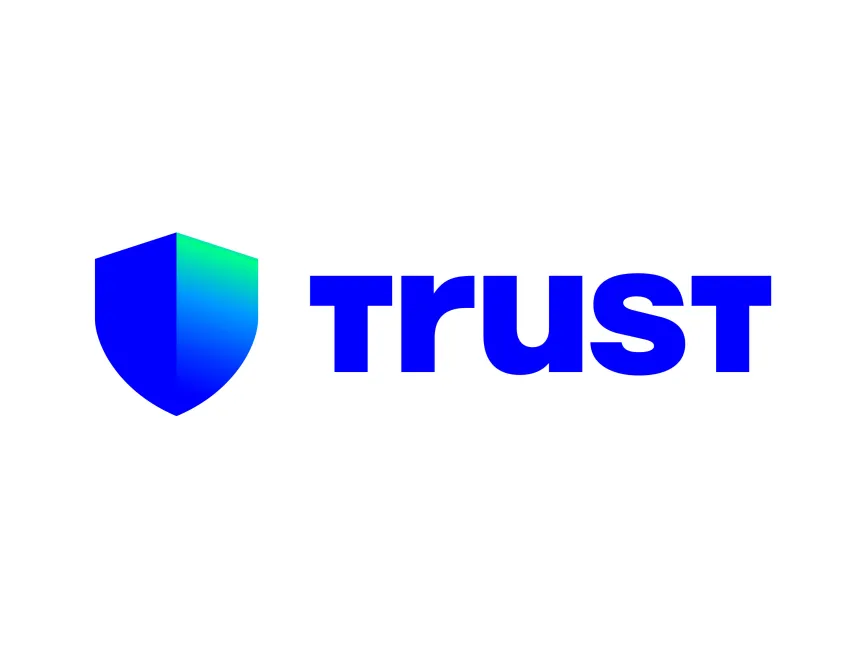Why Trust Wallet’s dApp Browser and Crypto Staking Are Game Changers for Mobile Users
Ever tried juggling multiple apps just to buy some crypto, stake it, and explore decentralized apps? Yeah, me too. It’s a bit of a mess sometimes. But then I stumbled on something that made me go, “Whoa, this actually works.” Trust Wallet’s dApp browser isn’t just a fancy add-on—it’s a legit gateway that puts everything in one place, right on your phone. Seriously?
Here’s the thing: mobile crypto experiences often feel clunky. Switching between exchanges, wallets, and staking platforms can be a headache. But Trust Wallet smooths that out, letting you dive into decentralized apps without hopping around. Plus, staking crypto directly from your mobile wallet? That’s a real win for anyone wanting to grow their holdings without the hassle.
Initially, I thought dApp browsers were just gimmicks—mostly clunky web views that barely worked. But as I spent more time with Trust Wallet’s version, I realized it’s a whole different beast. It’s intuitive, fast, and actually integrates seamlessly with staking options and crypto purchases. Honestly, it’s the kind of thing that makes you wonder why it wasn’t standard from the start.
Buying crypto with a card is another piece of the puzzle. No more sending wires or dealing with complex exchanges. Just a few taps, and boom—you’re in. The convenience is wild, especially when compared to some older platforms that act like you’re applying for a mortgage or somethin’. Trust Wallet’s setup feels modern and straightforward, perfect for on-the-go users.
Really, the ecosystem Trust Wallet builds around mobile crypto use is impressive. They’re not just offering a wallet; they’re creating a hub. And if you want to jump in, you can grab the app easily from https://sites.google.com/trustwalletus.com/trust-wallet-download/. No fuss, no extra hoops.
Now, about that dApp browser—this is where things get especially interesting. You know how decentralized apps usually require you to connect via desktop wallets or browser extensions? Well, Trust Wallet brings that experience into your pocket. It lets you interact with DeFi platforms, NFT marketplaces, and games straight from your phone. This is a huge leap for mobile-first users who don’t want to be tethered to a laptop.
Something felt off about other mobile wallets I tried before. They lacked smooth dApp integration or just felt limited. With Trust Wallet, it’s like having a mini blockchain universe at your fingertips. The browser supports multiple blockchains too, not just Ethereum, which is a big deal if you’re into exploring different ecosystems without switching apps.
Buying crypto with your card inside the app is something I was skeptical about at first. I mean, it sounds convenient, but what about fees or security? Well, Trust Wallet partners with reliable providers to handle the transactions, making it secure and surprisingly fast. My instinct said to test it with a small amount first, and no surprises there—it worked flawlessly.
So, why stake crypto at all? Staking lets you earn rewards by supporting network operations. Traditionally, this involved complicated setups or locking funds on exchanges, which made me nervous. Trust Wallet’s staking feature offers a more hands-off approach, letting you stake directly from your wallet with transparent reward tracking. It’s not just easier; it’s empowering.
Here’s a quick tangent—oh, and by the way, if you’re new to staking, start small. The crypto world can be volatile, and it’s easy to get carried away. Trust Wallet’s UI helps here by showing estimated rewards and lock-up periods clearly, which I really appreciate.

Check this out—when you open the dApp browser, you’re greeted with popular decentralized apps and staking platforms. No hunting around. It’s like walking into your favorite coffee shop and seeing your usual order ready for pickup. This kind of convenience makes it way more likely you’ll actually use these features instead of just reading about them.
How Trust Wallet Simplifies Buying Crypto with Your Card
Okay, so check this out—purchasing crypto through Trust Wallet is straightforward. The process is embedded right in the app, meaning you don’t need to jump to a web browser or another service. Just tap, enter your card details, and the crypto lands in your wallet. No more juggling multiple accounts or waiting days for transfers.
Now, I’m biased, but this ease of use is very very important. It lowers the barrier for people who might be intimidated by crypto’s complexity. Plus, the fact that it supports major fiat currencies and cards issued in the US makes it accessible for a large audience. Honestly, I wish more wallets offered this natively.
One minor gripe though—sometimes the fiat-to-crypto rates can be a bit higher compared to exchanges. But then again, you’re paying for convenience and speed. On one hand, that bugs me because I’m all about getting the best deal. Though actually, for most casual users, the trade-off makes sense. You’re saving time and avoiding the hassle.
Trust Wallet’s approach to crypto buying also ties nicely into its staking and dApp features. Once you buy crypto, you’re just a few taps away from staking it or using it in DeFi apps. This ecosystem approach is what sets Trust Wallet apart from the pack.
Why Mobile Staking Through Trust Wallet Matters
Staking crypto used to be a pain, especially on mobile. You’d have to move funds to exchanges or use separate apps, which felt risky. Trust Wallet changes that by integrating staking directly into the wallet interface. You can see your staked assets, monitor rewards, and even unstake when you want, all from your phone.
Something I noticed is that the app supports staking for multiple coins—like BNB, Tezos, and others—so you’re not stuck with just one option. This flexibility is crucial because it lets you diversify your staking portfolio without the usual headaches.
Here’s an interesting bit: staking rewards can compound your holdings over time, which basically means your crypto works for you while you go about your day. I’m not 100% sure how this will pan out long term, especially with market swings, but it’s definitely a compelling reason to stake.
What’s more, Trust Wallet doesn’t hold your private keys. You remain in control, which is a huge plus for security-minded users. It’s one of those things that gives me peace of mind, even if I’m not a full-on crypto security expert.
If you want to try out these features yourself, you can download Trust Wallet easily at https://sites.google.com/trustwalletus.com/trust-wallet-download/. It’s a quick install, and you’re good to go.
FAQs About Trust Wallet’s dApp Browser, Crypto Staking, and Buying with Card
Can I stake any cryptocurrency using Trust Wallet?
Not all, but several popular ones like BNB, Tezos, and others are supported. The list grows over time, so it’s worth checking inside the app for the latest options.
Is buying crypto with a card in Trust Wallet safe?
Yes, Trust Wallet partners with reputable payment providers, and since you control your private keys, your funds stay secure on your device.
Does the dApp browser support all decentralized apps?
It supports most major dApps across multiple blockchains, but there might be some niche or new apps not yet integrated. The browser updates regularly to add more.
Are there fees for buying crypto with a card through Trust Wallet?
There are fees, typically included in the exchange rate, but they vary depending on your card issuer and region. It’s generally higher than direct exchange trading but balances out with convenience.

Leave a Reply